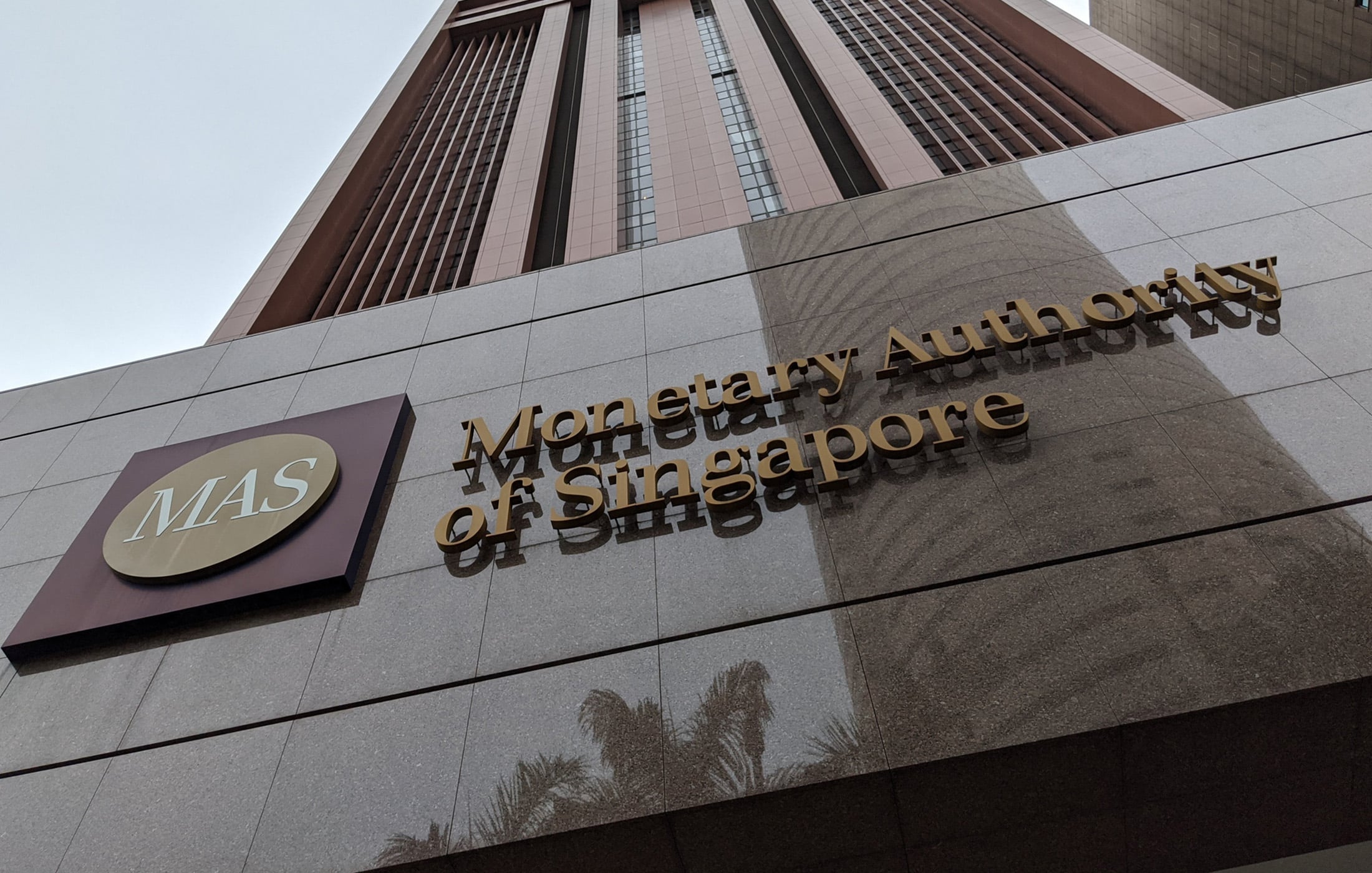MAS TRM Just Reset the Floor for Financial‑Sector Cybersecurity

Table of Contents
I’ve spent the last few years in Singapore helping banks, insurers, and market infrastructure across APAC harden their environments. We’ve all said the same thing in private: we need a clear, enforceable baseline that trades vague “best practice” for concrete expectations and timelines. With the Monetary Authority of Singapore’s (MAS) Technology Risk Management (TRM) package – the Guidelines (principles/best practices) and the legally binding TRM Notices – we finally have it. This isn’t another checkbox memo. It’s a credible supervisory mechanism with teeth that will lift resilience and, by extension, protect the reputation of Singapore’s financial system.
What MAS actually released (and why it matters)
Two parts, by design:
- TRM Guidelines (June 21, 2013): principle‑based expectations that apply across FIs. They replaced the earlier Internet Banking & Technology guidelines and the patchwork of legacy circulars. Think board‑level governance, lifecycle security, third‑party/outsourcing hygiene, online channel controls, auditability, incident response, and testing depth. This is the “what good looks like” playbook.
- TRM Notice(s): hard requirements under the respective Acts (e.g., Notice 644 to banks under the Banking Act; sector‑specific notices under other Acts for capital markets, trust companies, etc.). Effective 1 July 2014. This is where timelines, thresholds, and reportability live.
This “Guidelines + binding Notice” architecture is the right split: principles for breadth, minimums for consistency – and enforcement to keep everyone honest. (MAS is explicit that non‑compliance with a Notice can invite regulatory action up to and including financial penalties or license impact.)
The few lines that change behavior:
If you only read three bullets this quarter, make them these – because they force real engineering and operational discipline:
- One‑hour incident notification to MAS. For any “relevant incident” (system malfunction or IT security incident with severe/widespread impact or material customer impact), an FI must notify MAS “as soon as possible, but not later than 1 hour from discovery” – and follow with a root‑cause & impact analysis within 14 days (MAS provides a standard template). This compresses the “we’re still assessing” window to something regulators – and customers – can live with.
- Critical systems availability and recovery, in numbers. Maximum unscheduled downtime ≤ 4 hours in any rolling 12 months per critical system, and RTO ≤ 4 hours – validated through testing at least annually. Put differently: architect for continuity, not post‑mortems.
- Online channel hardening. The Guidelines set clear expectations for 2‑factor authentication at login and transaction‑signing for authorizing transactions, plus cryptography anchored in international standards – not homebrew – and always risk‑assessed. That bakes fraud‑resilience into the front door rather than hoping downstream controls catch everything.
These specifics are why this framework will actually move outcomes: they’re measurable. You either notified in an hour or you didn’t. You either kept cumulative downtime under four hours or you didn’t. You either tested and met an RTO within four hours or you didn’t.
The governance spine: boards, third parties, build/run discipline
The TRM Guidelines elevate the conversation from “tools in racks” to governance and lifecycle:
- Board & senior management oversight. TRM pushes responsibility up the stack: establish policies, ensure resources, review posture, and keep the culture focused on change control, monitoring, and incident readiness. (Translation: “tone at the top” is now examinable.)
- Third‑party and cloud risk. MAS expects hard due diligence, contractual controls, and ongoing oversight – especially around multi‑tenancy, data commingling, sovereignty/offshoring, recoverability, and auditability. In practice: don’t outsource your thinking; keep technical and contractual leverage.
- Build/run engineering hygiene. Security requirements from design through testing (input validation, logging, exception handling), change management with rollback, and capacity planning to preempt reliability failures. This reads like a practical “secure SDLC + SRE” checklist, not a platitude.
- Incident management and communications. Beyond the one‑hour notify, TRM asks for crisis comms readiness and customer communications – because resilience includes trust.
This is the stuff that prevents outages from becoming brand events.
“Is it really different?” Yes – because MAS pairs paper with process.
A lot of regimes publish guidance. MAS shipped a package: the Guidelines, sector‑specific TRM Notices, FAQs, instructions on incident notification, a reporting template, and a checklist – all on day one. That tells you they expect execution, not debate about definitions. And they put a long on‑ramp (to 1 July 2014) so institutions could land the change without chaos.
If you work in Singapore, you already know MAS’ supervisory style is rigorous and pragmatic: they do on‑sites, thematic reviews, and expect evidence, not narratives. What’s new here is that the numbers (1‑hour notify, 4‑hour downtime/RTO) make those conversations binary where they should be.
How I’m advising APAC CISOs and COOs to land TRM by 1 July 2014
1) Treat “critical systems” as a program, not a list.
Create a single inventory with ownership, dependencies, and per‑system: HA design, RTO ≤ 4h evidence, and cumulative downtime counter. Simulate failover under load – don’t rely on slideware. (The Notice standard is per system; don’t hide behind blended metrics.)
2) Build the one‑hour muscle memory.
Write a micro‑runbook: Who pages whom? What qualifies as a “relevant incident”? When do we hit send to MAS? Rehearse with clock‑on‑wall drills until you can prove you can notify in under an hour with facts you’re comfortable standing behind. (MAS published notification instructions and a template – use them.)
3) Nail online channel controls.
Inventory every Internet‑exposed customer journey. Enforce 2FA at login and transaction‑signing coverage, verify cipher suites and key management against established standards, and instrument for fraud analytics and DDoS resilience. Close the loop by testing customer comms (templates, language, and cadence) for incident scenarios.
4) Close the third‑party exposure.
Re‑paper critical providers (including cloud) with availability, notification, and audit clauses aligned to TRM; get actual failover and RTO evidence from providers (not promises). Confirm data location, commingling protections, and exit strategy.
5) Make the board conversation empirical.
Report quarterly on the three TRM dials: 1‑hour notifications (tests and real), 4‑hour downtime/RTO adherence per system, and closure of root‑cause actions within 14 days. That’s how you replace abstract “risk heatmaps” with operational accountability.
Why this is pioneering for the region
Plenty of jurisdictions in 2014 talk about “timely notification” and “appropriate resilience.” MAS, by contrast, codified timelines and availability expectations, shipped templates, and aligned Notices across sectors (banks under 644 and companion Notices under other Acts). That clarity will force better architecture, earlier escalation, and faster recovery – and customers will experience the difference. It’s also a competitive advantage: Singapore’s financial sector will be seen as operationally trustworthy under stress.
What good looks like on exam day (my read)
If I were sitting across from MAS on 2H2014 reviews, I’d expect to produce, without drama:
- Evidence of one‑hour notification readiness (drill records + one real incident handled to time, if you’ve had one), and the 14‑day root‑cause reports in the MAS format.
- Per‑system availability ledger showing unscheduled downtime year‑to‑date and RTO test results with findings closed.
- Online controls matrix mapping journeys to 2FA/transaction‑signing, crypto standards, monitoring, and fraud controls.
- Third‑party pack with contractual obligations aligned to TRM, plus test evidence (failover, notification exercise) from key providers.
If you can do that, you’re not just compliant – you’re resilient.
Closing thought
Regulation only “works” when it changes engineering choices on a Tuesday afternoon. MAS TRM will do exactly that. It nudges us away from post‑incident heroics and toward designed‑in robustness and measured accountability. As someone who has spent years pushing for this level of clarity, I’m bullish: this will make a measurable difference to uptime, fraud losses, and customer confidence – and it will become the regional (global?) benchmark others emulate.
Quantum Upside & Quantum Risk - Handled
My company - Applied Quantum - helps governments, enterprises, and investors prepare for both the upside and the risk of quantum technologies. We deliver concise board and investor briefings; demystify quantum computing, sensing, and communications; craft national and corporate strategies to capture advantage; and turn plans into delivery. We help you mitigate the cquantum risk by executing crypto‑inventory, crypto‑agility implementation, PQC migration, and broader defenses against the quantum threat. We run vendor due diligence, proof‑of‑value pilots, standards and policy alignment, workforce training, and procurement support, then oversee implementation across your organization. Contact me if you want help.



